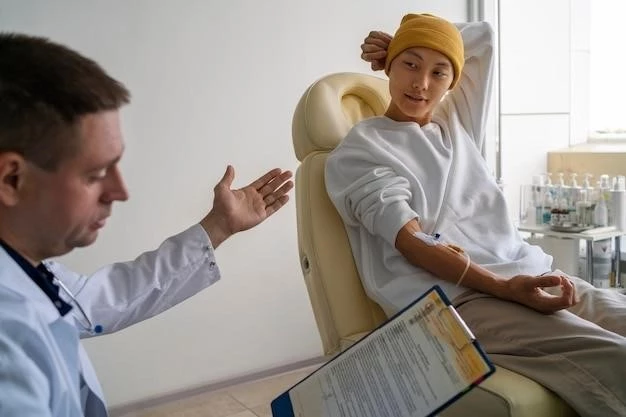Causes of Aphalangia
Aphalangia can be caused by genetic factors such as mutations in specific genes․ Other causes may include environmental factors․
Genetic Factors
Genetic factors play a significant role in the development of aphalangia․ Mutations in specific genes, such as the HOXD13 gene٫ have been linked to this condition․ These genetic abnormalities can disrupt the normal formation of fingers and toes during embryonic development․ In some cases٫ aphalangia can be part of a genetic syndrome involving additional abnormalities․ Understanding the genetic basis of aphalangia is crucial for accurate diagnosis and appropriate management․
Aside from gene mutations, environmental factors may also contribute to the occurrence of aphalangia․ Factors like exposure to certain chemicals or substances during pregnancy could potentially increase the risk of developing this condition, although further research is needed to fully understand the impact of environmental influences on aphalangia․
Treatment Options for Aphalangia
Treatment for aphalangia may involve surgical interventions to reconstruct or repair the missing or abnormal digits․ Physical therapy can also help with improving functionality․
Surgical Interventions
Surgical interventions for aphalangia aim to reconstruct or repair missing or abnormal digits․ Procedures may involve bone grafting, toe-to-hand transfers, or the creation of functional digits․ Surgeons work closely with patients to determine the best approach based on individual needs and preferences․
These interventions can improve the function and appearance of the hand, allowing individuals with aphalangia to perform everyday tasks more easily․ Rehabilitation following surgery is essential to regain strength, range of motion, and dexterity․ While surgical options vary depending on the severity of the condition, advancements in surgical techniques and technology continue to enhance outcomes for individuals with aphalangia․

Complications of Syndactyly
Syndactyly can lead to functional limitations, challenges with dexterity, and psychological impact due to the appearance of fused digits․
Functional Implications
The functional implications of syndactyly can vary depending on the extent of fusion between digits․ Individuals may experience challenges with grip strength, fine motor skills, and overall hand function․ Performing activities that require individual finger movement or precision, such as typing or playing musical instruments, can be particularly challenging․
In cases where syndactyly affects the toes, walking, balance, and overall foot function may be impacted․ Early intervention, including surgical separation of fused digits, can help improve functionality and quality of life for individuals with syndactyly․ Physical therapy and occupational therapy may also play a crucial role in enhancing motor skills and adapting to any functional limitations caused by this condition․
Microcephaly in Infants
Microcephaly in infants is a condition characterized by a smaller than average head size, which can impact brain development and neurological function․
Neurodevelopmental Outcomes
Neurodevelopmental outcomes in infants with microcephaly can vary significantly․ Children may experience developmental delays, intellectual disabilities, seizures, and challenges with motor skills․ The extent of neurological impairment often depends on the underlying cause of microcephaly․
Early intervention and specialized therapies, such as physical therapy, occupational therapy, and speech therapy, can help support the developmental progress of infants with microcephaly․ Individualized treatment plans tailored to the specific needs of each child are crucial in optimizing neurodevelopmental outcomes and enhancing overall quality of life․
Genetic Factors in Aphalangia Syndromes
Aphalangia syndromes can be caused by various inheritance patterns, including autosomal dominant, autosomal recessive, or X-linked recessive․
Inheritance Patterns
Aphalangia syndromes exhibit different inheritance patterns․ Autosomal dominant inheritance means one copy of the altered gene in each cell is sufficient to cause the disorder․ Autosomal recessive inheritance requires two copies of the altered gene to produce the condition․ X-linked recessive inheritance entails the gene responsible for the condition being located on the X chromosome․ Understanding these inheritance patterns is crucial for genetic counseling and family planning in individuals affected by aphalangia syndromes․
